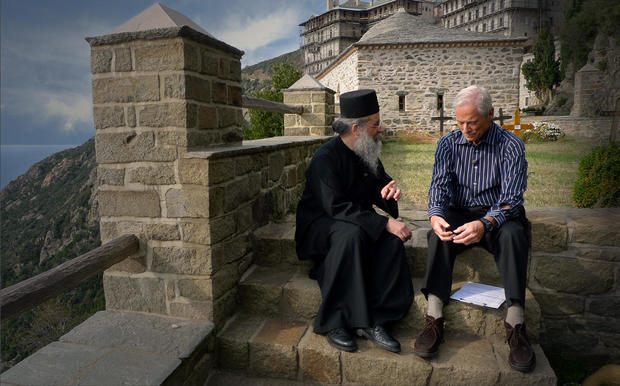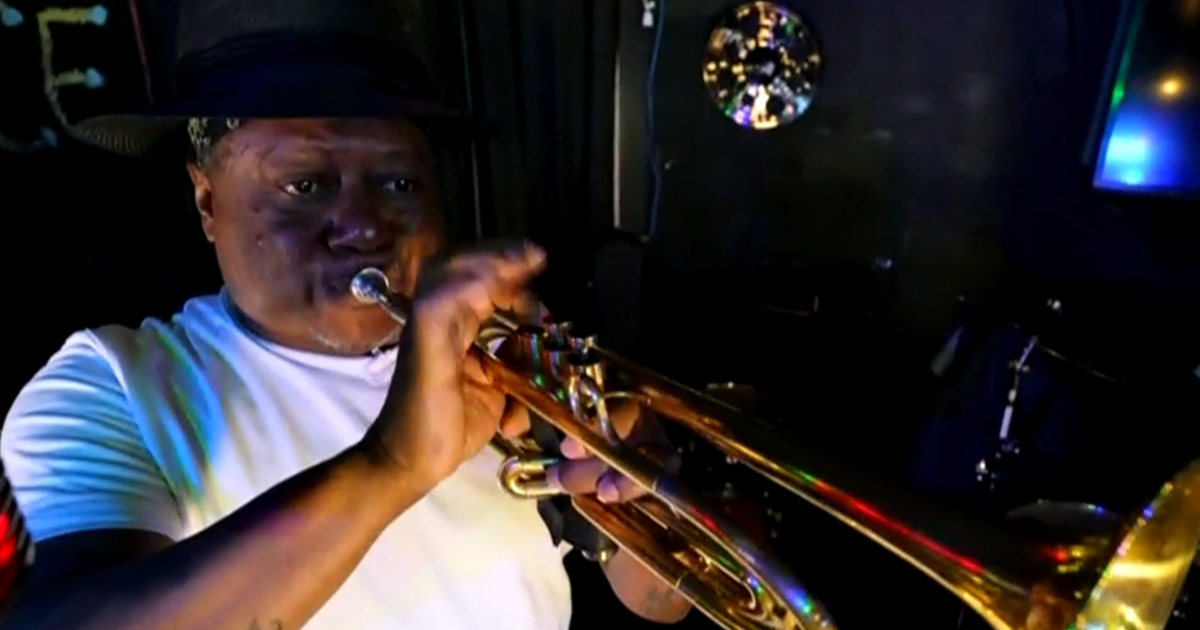A look at the exotic locations of 60 Minutes
The first few seasons of 60 Minutes were a period of trial and error: trying to figure out what worked and what didn't. The stories were sometimes vague, sometimes ponderous -- and despite Don Hewitt's best efforts -- sometimes boring. The audience was small, but CBS stuck with the broadcast, often scheduling it in sacrificial time slots when most of America was watching a hit show somewhere else.
As the broadcast evolved, one thing that did work -- and works to this day -- is the travelogue. Trips to exotic places, foreign and domestic. You'd think that, after half a century, we'd run out of destinations. But there's always something new under the sun.
Just about every day of the year, somewhere on earth, there's a 60 Minutes crew at work. Documenting the beauties of nature and the landmarks of ancient history. Our cameras have been to the top of the world and the bottom of the sea.
In the waters off Capetown, South Africa, Anderson Cooper went swimming with the sharks.
Anderson Cooper: Diving with great white sharks is among the stupidest things you can do.
But shark expert Mike Rutzen believes they're smart, curious and not as threatening as you'd think.
Rutzen studies the great whites with no cage, no protection. Anderson did the same.
Anderson Cooper: I would do it again, but it was really scary. Yeah. I don't know if I'd do it again, actually.
In 2010 we hiked to the edge of an active volcano in Iceland. The eruption sent a huge cloud of ash and rocks the size of cars a thousand feet into the air.
Scott Pelley: Look at the earth just erupting up into the sky.
In 2007, Bob Simon and producer Draggan Mihailovich landed in a remote village in New Guinea, to a hero's welcome.
But the original pathfinder for 60 Minutes was Morley Safer. The most prolific -- and entertaining -- tour guide of all.
One of his first journeys was sailing the Indian Ocean.
Morley Safer: It is on rare days like this that you must ask, "Do they really pay me to do this?" Yes!
In Finland, Morley and producer John Tiffin found that, for some reason, the tango was all the rage. But they found the Argentinian dance didn't quite translate.
Morley Safer: It's a sad shuffle in a minor key. With lyrics to reaffirm a couple's instinctive sense of hopelessness.
Morley loved art and knew his way around the galleries and museums. There was no better companion for viewing the sublime -- and what he considered the ridiculous.
He'd take a shot every once in awhile at the pretensions of the modern art establishment.
And then he'd move on, to the next airplane. And, as he later recalled, to the next adventure.
Morley Safer: You get to travel the world, you get to meet some of the world's most atrocious people and some of the world's most interesting ones and somebody else is paying for it. Is there a better job than that?
Bob Simon felt the same way.
Six years ago, he traveled into the past for one of his favorite stories. Visiting Mount Athos -- home to ancient Greek monasteries seldom seen by outsiders.
During his long career at CBS News, Bob covered dozens of wars and rebellions, from Vietnam to the West Bank to Tiananmen Square.
But in his later years, he was ready for something more peaceful.
And carved out a role for himself as the Doctor Doolittle of 60 Minutes. The wildlife editor.
Bob talked about it in 2011.
Bob Simon: An animal is never duplicitous. An animal will never get involved in gratuitous cruelty. And, uh, it's very refreshing to go see them after you've spent a lot of time interviewing politicians.
He went to Central Africa, where scientists are beginning to understand how elephants communicate.
He went to a remote corner of Brazil in search of jaguars in the wild.
Bob Simon: We happened to be there as a jaguar swam from one side of the river to the other. It was a once-in-a-lifetime shot in the dark.
He traveled to the edge of the north pole with filmmaker John Downer, whose remote cameras record life among the polar bears.
But elephants were his favorite. He and producers Michael Gavshon and Harry Radliffe did three stories on them.
Bob Simon: You fall in love with them, and you don't want anyone to hurt them.
But as 60 Minutes has reported over the years, African elephants and giraffes are slaughtered by poachers. Other species are affected by climate change and encroaching civilization. Their numbers are dwindling.
Bob Simon: We would like to see wild animals survive. That's one of the few editorial positions we can take and get away with. And anyone who disagrees with us, feel free to write a letter.
Produced by David Browning, Warren Lustig and Michelle St. John. Associate producer, Tadd J. Lascari.







